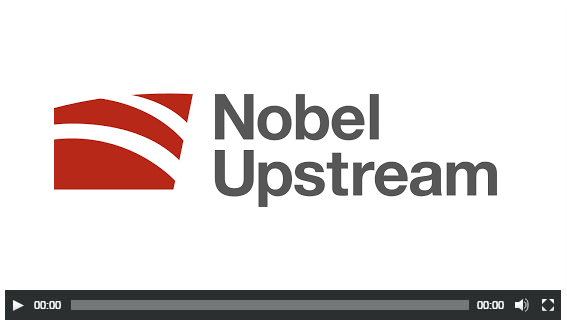In a global oil industry that has had its fair share of ups
and downs, the Permian Basin is a bright spot for many. A portion of this large oil-producing
formation called the Wolfcamp (in West Texas) was estimated to have as much as
20 billion barrels of oil trapped in this shale rock. Put into perspective,
that's almost three times as much oil as the Bakken play in North Dakota, and
it would represent the largest accumulation of unconventional crude in the
United States. The monetary value of this find is almost $900 billion.
Oil exploration experts within the Permian estimate that
this region could have as much as 75 billion barrels trapped in the shale layers,
making the Permian second only to the Ghawar field in Saudi Arabia. The fact
that the Wolfcamp assessment is the largest ever done by the U.S. Geological
Survey (USGS), in an area that has been productive for a while, leads experts
to opine that there could be potential for even more natural resources.
The Wolfcamp has been described as a 'world
class' play, thanks to a number of
properties that make it unique. The shale properties are desirable, and
explorers have pointed to its consistency as a key factor. It is seen to be
widespread and thick, with explorers having identified a number of layers (A, B, C and D). The Wolfcamp's thermal maturity
has also been mentioned as one of the
reasons that it stands out. It has normal pressure, which makes it among few
shale plays that can be said to be so. While temperature doesn’t typically affect drilling work, reservoirs with normal
pressure can present challenges during production.
Companies such as Nobel
Upstream, an independent oil and gas exploration and production company,
appreciate the unique nature of the
Wolfcamp. Nobel Upstream has this formation within its play acreage and has
begun to produce from the Wolfcamp, along with the deeper Strawn conventional
reservoir.
While the Permian has been a source of crude oil for many
decades, it has layers of oil-rich shale that have remained untapped for a long
time. It's only when fracturing and drilling techniques improved (through
adoption in other US regions) that plays such as the Wolfcamp became accessible
and a target for many drilling firms.
 |
Getting Better
In many of the shale regions across the Permian, operators
have numerous oil-rich targets to drill,
with the challenge being which target to start with and how to maximise its
output. In much of the basin, the answer has come through the switch to
horizontal drilling. While this method requires more capital investment to
undertake, it also results in better production rates and increased likelihood
of higher recoveries that can justify turning a vertical well into a horizontal
one.
As producers continue to optimise their drilling and
production techniques, the rig count in the Permian is expected to maintain an
upward path. The companies behind this activity are a mix of independent,
home-grown firms that have stayed true to their journey of finding new reserves
in a basin that is liquids-rich, adding
resource plays to their list of opportunities. As more data is gathered about the Permian, some predict that
it may become the best oil shale play in the world.
For many of the drillers looking to gain from the Wolfcamp
formation, drilling efficiency is a priority. Various companies have looked at
ways of increasing productivity, from
having multiple rigs to reducing surface disruptions and truck traffic.
Overall, this has helped in bringing down drilling and completion costs.
 |
| Oil and Gas Terms |








